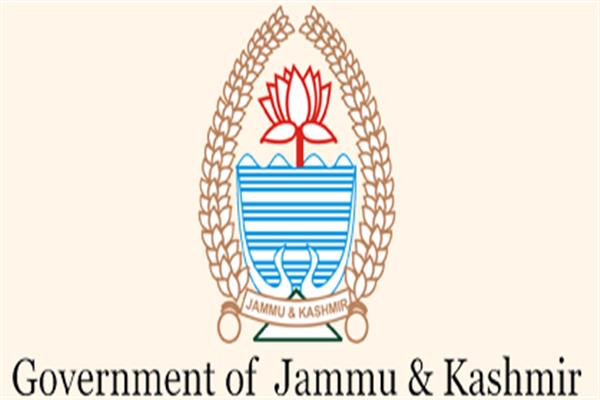‘Loosely woven text, texture leading to uncalled litigations’
Define period for use of revision powers by FCR, Div Coms
Mohinder Verma
JAMMU, Sept 26: The provision of the Jammu and Kashmir Land Revenue Act, which confers powers on the Financial Commissioner Revenue and Divisional Commissioners to revise the order of any revenue officer, is lacking sound curbs and restraints and is resulting into uncalled litigations before the designated authorities as also in the State High Court.
This has been observed by the State Law Commission headed by Justice (retd) M K Hanjura in its report submitted to the Chief Secretary BVR Subrahmanyam with the recommendation to amend the Act for defining the period of limitation to exercise such powers.
Section 15 of the Land Revenue Act, which confers powers to revise orders, read: “The Financial Commissioner may at any time call for the record of any case pending before or disposed of by any revenue officer. Similarly, Divisional Commissioner may call for the record of any case pending before or disposed of by any revenue officer subordinate to him”.
“If in any case in which, the Divisional Commissioner has called for a record he is of opinion that the proceedings taken or order made should be modified or revised he shall report the case with his opinion thereon for the orders of the Financial Commissioner. Likewise, the Financial Commissioner may, in any case called for by him under Sub-Section 1 or reported to him under Sub-Section 3, pass such order as he thinks fit”, Section 15 further read.
Provided that he shall not under this section pass an order reversing or modifying any proceeding or order of a subordinate officer affecting any question of right between private persons without giving those persons an opportunity of being heard.
As per the Law Commission, Section 15 of the Land Revenue Act is so loosely woven in its text and texture that different interpretations have and can be given to it in the justice delivery system as a sequel to which it has given birth to a number of uncalled litigations before the authorities designated in and under it as also in the High Court of Jammu and Kashmir.
“What comes to the fore from a bare reading of Section 15 is that no period of limitation has been proscribed in it within which the portals of the court can be knocked at”, Justice Hanjura has observed, adding “no checks and balances have been laid down to state as to within what period the power to revise the orders as envisaged therein can be exercised by the authorities prescribed in the Section as a consequence of which the erring litigants have sought umbrage under this provision even after decades together”.
“Unless and until there are sound curbs and restraints within which the power under Section 15 of the Land Revenue Act can be exercised, there is every scope of its misuse by the litigants”, the Law Commission said, adding “there should be some period within which the doors of the courts can be knocked at or suo moto power can be exercised so that a semblance of fairness can be given to the judgment delivered by the Supreme Court”.
As per the Law Commission, delayed exercise of revisional jurisdiction cannot be permitted and the actions and transactions cannot be allowed to remain open for challenge till infinity. “The policy of law doesn’t permit endless uncertainty in human affairs”, the Commission said.
Accordingly, the Commission has recommended that a rider may be added to Section 15 of the Land Revenue Act to read that the period of limitation to exercise the powers by the authorities designated in Section 15 of the Land Revenue Act shall be three years and such provisions of the Limitation Act as apply to revisions shall also apply to the revisions under Land Revenue Act.
It is pertinent to mention here that Government Order No.3379-LD(A) of 2017 dated August 4, 2017 mandates the Law Commission to revise the State Acts of general importance so as to simplify them and to remove anomalies, ambiguities and inequalities.


